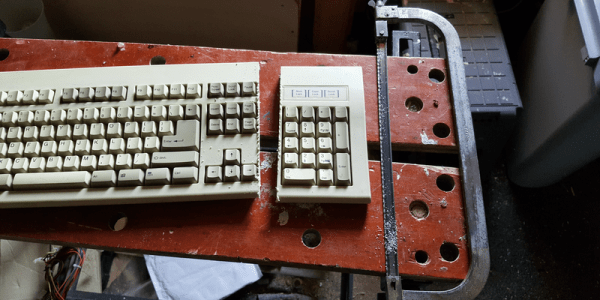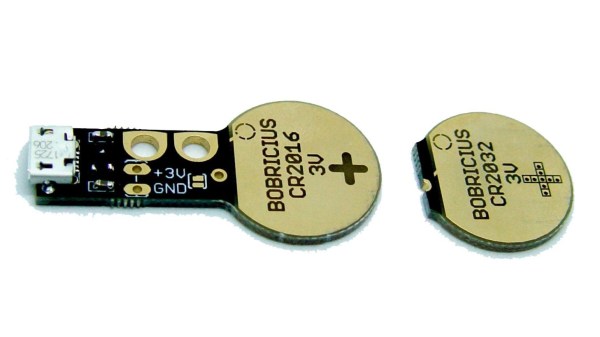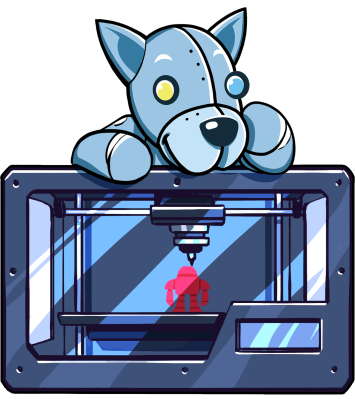We all know you can build a computer out of relays, and if you’re a regular reader of Hackaday, you’ve probably seen a few. Actually designing and fabricating a computer built around relays is another thing entirely, and an accomplishment that will put you right up there with the hardware greats.
The newest inductee of the DIY microcomputer hall of fame is [Jhallen]. He’s built a microcomputer ‘trainer’ out of relays. It’s got more click and clack than the Tappet family, and is a work of art rendered in DPDT relays.
The biggest consideration in designing a relay computer is the memory. You can implement a CPU in a few dozen relays, but even a small amount of memory is still hundreds of additional components. In this computer, [Jhallen] is sort of cheating. The memory is implemented as 256 32-bit words on a microcontroller alongside a controller for the front panel. The CPU is still all relays, with support for self-modifying code, a bunch of instructions for conditional jumps, and an ‘increment and jump if not equal to zero’ instruction.
Below, you can check out a very in-depth video of the relay computer in action, starting off with some satisfying click and clack of Euclid’s algorithm and a demonstration of the variable clock rate. The video goes on to demonstrate the assembly language of the relay computer itself and a bit of the overall architecture. This is really one of the most educational demo videos for vintage computing we’ve ever seen.
[Jhallen] assembled a few of these boards and he’s selling some of the extras. If you have $600, you can pick one up over on Tindie (standard Hackaday / Tindie disclosure statement). Considering the amount of soldering required to assemble this board, we’re going to guess that’s a very fair price.
Continue reading “Single Board Relay Computer”























